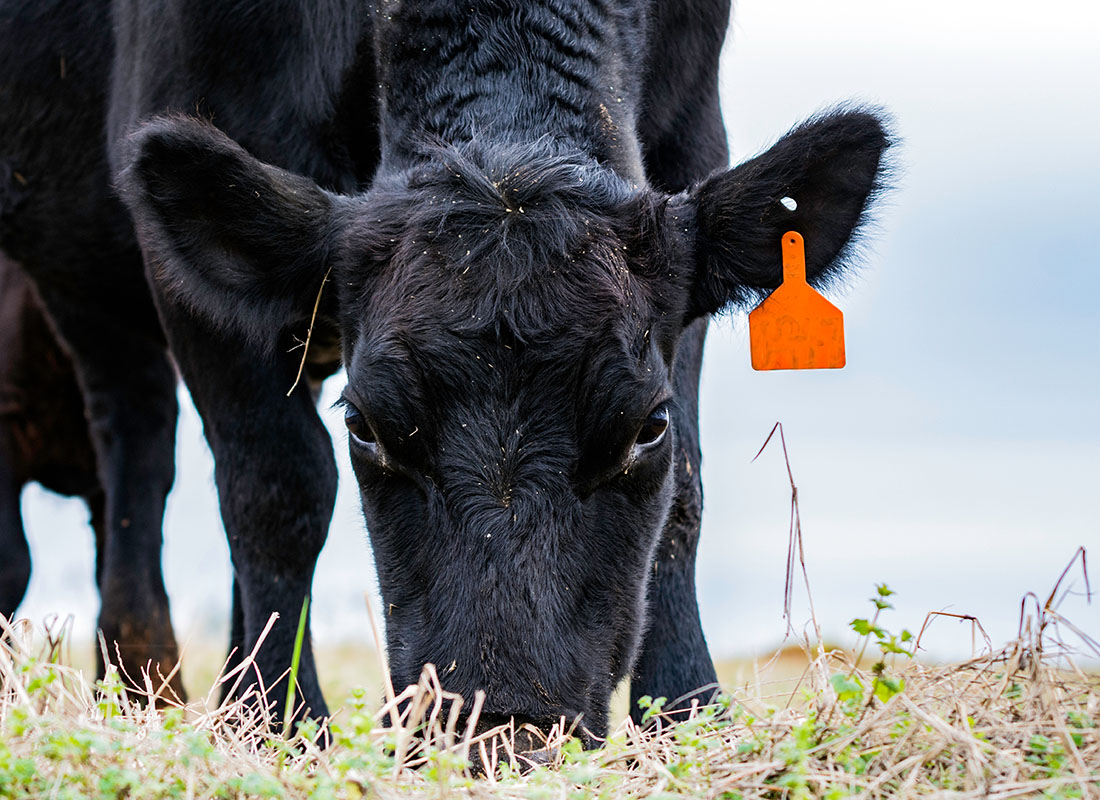Key Aspects to Take Into Consideration When Picking Animals Risk Protection (LRP) Insurance
When reviewing options for Livestock Danger Defense (LRP) insurance policy, a number of essential variables warrant cautious factor to consider to make sure effective danger monitoring in the farming industry. Picking the best coverage alternatives customized to your specific animals procedure is paramount, as is recognizing exactly how superior expenses correlate with the degree of security supplied.
Insurance Coverage Options
When thinking about Animals Risk Security (LRP) insurance coverage, it is crucial to understand the different coverage alternatives offered to reduce risks in the farming industry. Livestock Danger Security (LRP) insurance coverage provides different protection choices customized to fulfill the varied demands of animals manufacturers.
Another essential insurance coverage alternative is the recommendation duration, which identifies the size of time the coverage holds. Producers can select the recommendation period that finest matches their production cycle and market problems. In addition, coverage degrees and prices differ based on the kind of livestock being insured, giving manufacturers the versatility to tailor their insurance prepares according to their certain demands.
Comprehending the different protection choices available under Livestock Risk Protection (LRP) insurance is vital for producers to make educated choices that effectively safeguard their livestock procedures from market uncertainties.
Premium Expenses

Livestock Danger Protection (LRP) insurance coverage offers necessary insurance coverage options tailored to reduce dangers in the agricultural market, with a significant element to think about being the computation and structure of premium costs. These consist of the type and number of livestock being guaranteed, the protection degree chosen, the existing market rates, historic price information, and the size of the insurance coverage period.
Insurance companies examine historic data on animals rates and production costs to determine an appropriate costs that shows the level of threat included. It is necessary for livestock producers to carefully evaluate premium prices and coverage alternatives to ensure they are properly protected versus potential economic losses due to adverse market problems or unanticipated occasions.
Eligible Animals
The decision of eligible animals for Animals Threat Defense (LRP) insurance policy protection includes cautious consideration of specific criteria and features. Animals types that are usually qualified for LRP insurance policy include feeder livestock, fed cattle, lambs, and swine.
Feeder cattle, for example, are frequently qualified for LRP insurance coverage if they drop within defined weight arrays. Lambs are one more category of animals that can be taken into consideration for LRP insurance coverage, with variables such as weight and age playing a crucial function in identifying their qualification.
Prior to selecting LRP insurance coverage for animals, producers need to very carefully assess the eligibility standards laid out by the insurance supplier to ensure their animals fulfill the necessary needs for protection.
Policy Flexibility
Plan flexibility in Livestock Threat Protection (LRP) insurance coverage allows manufacturers to tailor protection to suit their particular requirements and risk monitoring strategies. This flexibility encourages livestock manufacturers to personalize their insurance policies based on elements such as the type of animals they have, market problems, and private risk tolerance levels. By supplying personalized alternatives, LRP insurance enables producers to efficiently handle their danger direct exposure while protecting their animals operations against unanticipated market volatility.
Cases Process
Upon experiencing a loss or damage, manufacturers can start the insurance claims process for their Animals Threat Defense (LRP) insurance policy by immediately calling their insurance service provider. click now It is important for producers to report the loss immediately to expedite the claims process. When connecting to the insurance coverage company, producers will require to give comprehensive details concerning the event, consisting of the date, nature of the loss, and any type of appropriate paperwork such as vet records or market prices.

After the evaluation is total, the insurance service provider will make a decision pertaining to the insurance claim and communicate the end result to the producer. If the case is approved, the manufacturer will receive settlement according to the regards to their Livestock Danger Protection (LRP) insurance plan. Bagley Risk Management. It is crucial for manufacturers to be acquainted with the insurance claims process to ensure a smooth experience in the occasion of a loss

Final Thought
Finally, when selecting Livestock Threat Protection (LRP) insurance coverage, it is vital to take into consideration coverage alternatives, premium costs, eligible animals, policy flexibility, and the claims procedure. These key aspects will assist make sure that ranchers and farmers are sufficiently secured versus possible threats and losses connected with their animals procedures. Making an educated choice based on these factors to consider can ultimately result in much better economic safety and security and satisfaction for livestock producers.
Animals Danger Defense (LRP) insurance policy supplies different insurance coverage choices tailored to fulfill the diverse needs of livestock manufacturers.The decision of eligible livestock for Animals Threat Defense (LRP) insurance policy protection entails careful factor to consider of specific standards navigate here and attributes.Policy flexibility in Livestock Threat Security (LRP) insurance permits manufacturers to customize coverage to match their particular demands and risk administration techniques.Upon experiencing a loss or damage, producers can launch the claims procedure for their Animals Risk Protection (LRP) insurance policy by quickly calling their insurance copyright.In final thought, when selecting Animals Threat Security (LRP) insurance coverage, it is necessary to take into consideration coverage choices, premium expenses, qualified animals, policy adaptability, and the claims process.